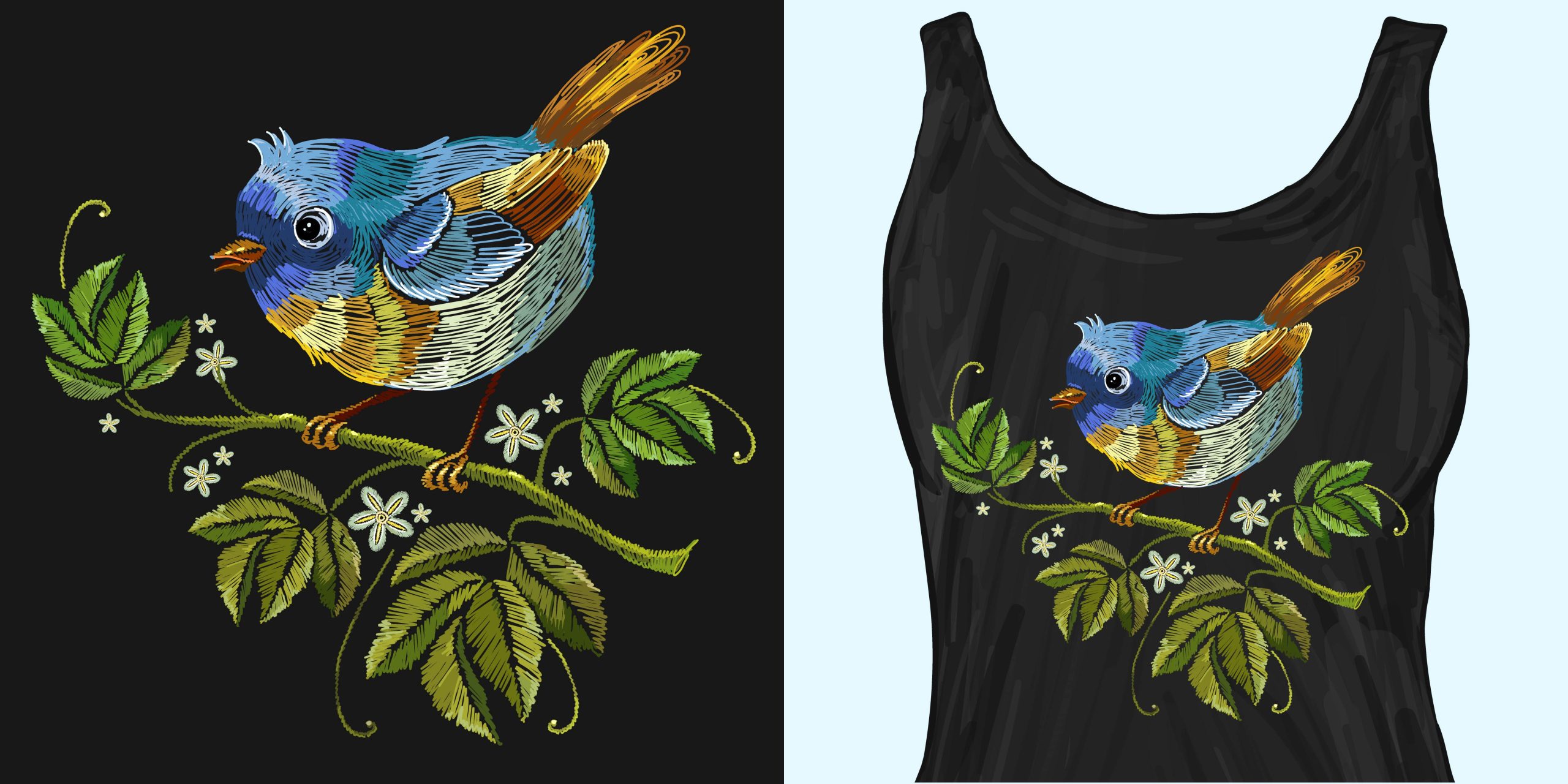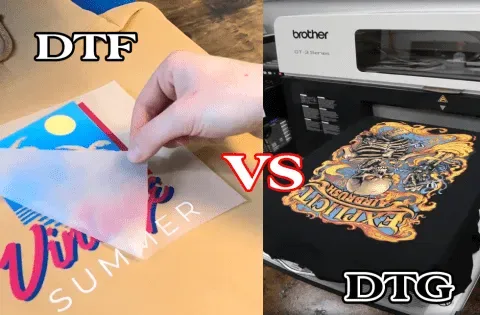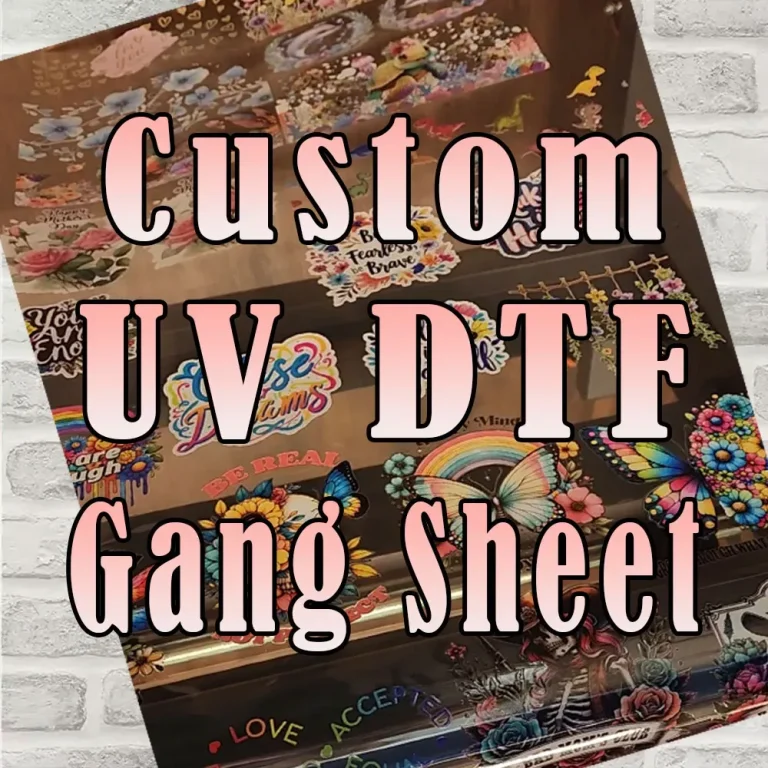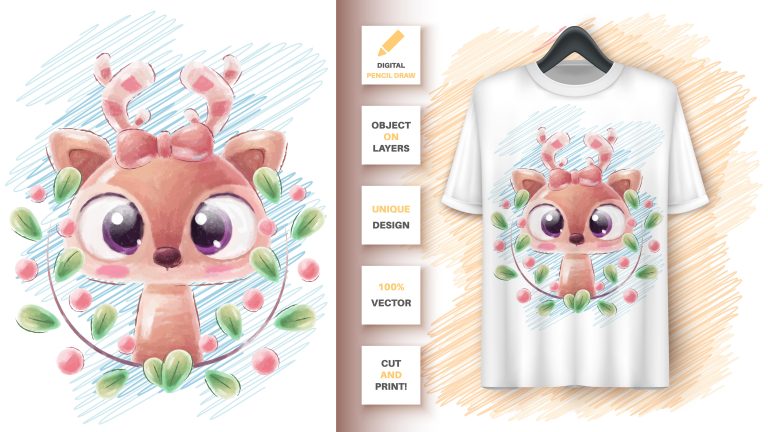UV DTF Gangheet: Transforming Graphic Design Solutions
In the dynamic realm of graphic design technology, **UV DTF Gangheet** stands out as a groundbreaking innovation that is reshaping the industry. This advanced method of direct to film printing enables designers to create vibrant, high-quality prints on diverse materials while ensuring exceptional durability and detail. With an increasing demand for custom printing solutions, UV DTF Gangheet empowers graphic artists to deliver unique, personalized products that resonate with clients. Not only does this technology streamline the printing process, but it also champions sustainable printing practices by reducing harmful emissions associated with traditional inks. As the design landscape evolves, UV DTF Gangheet proves to be an essential tool, fostering design innovation and enhancing the creative capabilities of artists worldwide.
UV DTF Gangheet technology is revolutionizing the graphic arts sector, offering a fresh approach to direct film printing that is both efficient and environmentally friendly. This cutting-edge method allows graphic creators to produce intricate designs directly on various substrates, promoting creativity and versatility in the industry. With the rise of on-demand customization, the demand for such innovative printing solutions is on the rise, making it possible for artists to meet the trends of individual client preferences. Moreover, the integration of sustainable practices within this technology aligns with modern consumer values, highlighting a shift towards eco-conscious design choices. As we delve into the world of UV DTF Gangheet, we uncover how this technique enhances the creative process and opens new avenues for design exploration.
Understanding UV DTF Gangheet Technology
UV DTF Gangheet technology, which stands for Ultra Violet Direct to Film, represents a transformative approach in graphic design printing processes. Unlike conventional methods, it utilizes UV light to cure the inks directly onto various substrates. This innovation has empowered designers to achieve high-quality images with striking colors and intricate details, making it ideal for diverse applications, from textiles to ceramics. The method’s reliance on UV light not only enhances durability but also ensures that designs maintain their vibrancy over time, marking a significant upgrade in printing technology.
This cutting-edge technology operates through an efficient workflow that allows for versatility in graphic outputs. By adhering to a wide range of materials including wood, glass, and plastic, UV DTF Gangheet provides designers with the ability to explore new creative possibilities. As more graphic designers adopt this method, it ushers in a new era of design innovation, expanding their capabilities beyond traditional printing limitations.
Benefits of UV DTF Gangheet for Graphic Designers
The adoption of UV DTF Gangheet technology presents numerous benefits, particularly in print quality and operational efficiency. Designers can achieve remarkable color fidelity and complex patterns that stand out in today’s competitive market. Because the inks are specially formulated to adhere to multiple surfaces, graphic designers can create custom solutions tailored to clients’ unique needs. This versatility not only attracts a broader clientele but also enhances the workflow by minimizing the need for multiple printing stages, thereby decreasing turnaround times.
In addition to exceptional print quality, UV DTF Gangheet technology offers cost-effective solutions for graphic designers. By consolidating various production stages into a streamlined process, this technology reduces both labor and material costs. It enables designers to produce more work in less time, which ultimately can lead to increased profitability. This financial advantage is particularly beneficial for small businesses and freelancers who are looking to maximize their resources while maintaining high standards of quality.
Sustainability in Printing with UV DTF Gangheet
Sustainability has become a crucial consideration in the graphic design industry, and the advent of UV DTF Gangheet technology addresses this need effectively. Unlike traditional printing methods that often utilize harmful solvents, UV DTF inks are designed to release fewer volatile organic compounds (VOCs) during the printing process. This eco-friendly characteristic aligns perfectly with the growing demand for sustainable printing practices, encouraging designers to incorporate environmental considerations into their projects.
Moreover, the longevity of UV DTF prints contributes to sustainability efforts by reducing waste. Designs produced using this technology are resistant to fading and wear, meaning less frequent reprints are necessary. Designers are thus contributing to a reduction in material waste, which not only benefits the environment but also resonates with eco-conscious consumers. As sustainable printing continues to gain traction, UV DTF Gangheet technology stands at the forefront, empowering designers to express their creativity while also caring for the planet.
Emerging Markets and Opportunities with UV DTF Gangheet
The UV DTF Gangheet technology is not just transforming how designers print; it also opens doors to emerging markets that were previously hard to penetrate. For instance, industries such as fashion, home décor, and promotional products are beginning to adopt this technology as they seek unique and customizable solutions. This shift creates a bustling marketplace for graphic designers who can leverage their versatile skills to tap into new client bases that demand innovative and tailored products.
As the trend for personalized items rises, UV DTF Gangheet technology enables designers to produce small batch runs efficiently, meeting market demands head-on. This on-demand capability is especially beneficial for businesses looking to differentiate themselves with unique offerings. Through its quick turnaround times and high-quality outputs, this technology acts as a catalyst for creative entrepreneurship, empowering designers to explore niche markets and expand their service offerings dynamically.
Challenges and Solutions in Adopting UV DTF Gangheet Technology
While the benefits of UV DTF Gangheet technology are significant, designers may face challenges during the adoption phase. One primary concern is the initial investment in equipment and materials. For many graphic designers, especially freelancers and startups, the costs associated with transitioning from traditional methods can be daunting. However, with strategic planning and understanding the long-term savings this technology provides, many are finding it to be a worthwhile investment.
Moreover, there is a learning curve when it comes to mastering new printing techniques and machinery. To tackle this, many educational platforms have started to offer courses on UV DTF processes, equipping designers with the necessary skills to thrive in this evolving landscape. By investing in education and training, graphic designers can unlock the potential that UV DTF technology has to offer, overcoming initial hurdles and setting themselves up for future success.
The Future of Design Innovation with UV DTF Gangheet
The future of graphic design is undeniably intertwined with the evolution of printing technologies such as UV DTF Gangheet. As designers continue to embrace this innovative printing method, we can expect a surge in creative experimentation and boundary-pushing designs. Its ability to facilitate artistic expression on various materials allows for unprecedented opportunities, enabling designers to craft engaging and impactful products that resonate with clients and consumers alike.
Furthermore, as the technology matures, we can anticipate advancements that will enhance functionality and sustainability. Continuous research and development in print mechanisms and materials are likely to yield even greener solutions tailored for eco-conscious designers. This innovative spirit in the graphic design industry not only enhances the quality of outputs but also aligns with modern consumer expectations, making UV DTF Gangheet a pivotal force in shaping the future of design.
Frequently Asked Questions
What is UV DTF Gangheet and how does it improve graphic design technology?
UV DTF Gangheet is a cutting-edge printing method that utilizes UV light to cure inks on various materials. This innovative technology enhances graphic design by allowing for vibrant colors, complex designs, and durability that surpass traditional printing methods, enabling designers to push creative boundaries.
How does UV DTF Gangheet facilitate custom printing solutions?
UV DTF Gangheet offers custom printing solutions by enabling on-demand printing capabilities. Designers can quickly create personalized products tailored to client specifications, allowing for efficient production of unique items that meet the growing demand for customization in today’s market.
In what ways does UV DTF Gangheet support sustainable printing practices?
UV DTF Gangheet supports sustainable printing by utilizing inks that produce fewer harmful emissions compared to traditional inks. This eco-friendly approach aligns with the increasing consumer demand for environmentally responsible products, making it a favorable choice for graphic designers focused on sustainability.
What are the cost benefits of using UV DTF Gangheet in graphic design?
Using UV DTF Gangheet in graphic design can significantly reduce costs by streamlining the printing process. This technology combines multiple production stages into one workflow, the cost-effectiveness of which contrasts sharply with traditional screen printing methods that require more labor and materials.
How does UV DTF Gangheet impact the production of promotional products?
UV DTF Gangheet is transforming the production of promotional products by enabling graphic designers to create high-quality, customized items quickly. The technology’s ability to cater to small-batch production aligns with current market trends, allowing businesses to effectively target diverse customer segments.
What future trends can we expect from UV DTF Gangheet in the graphic design industry?
As UV DTF Gangheet technology continues to evolve, we can expect an increase in design innovation, expanded material usage, and further integration into design education. This will empower future designers to utilize modern printing techniques, ultimately leading to new trends and practices in the graphic design industry.
| Key Point | Description |
|---|---|
| UV DTF Technology Overview | A revolutionary printing method that uses UV light to cure ink, allowing for high-quality graphics on various materials. |
| Print Quality and Versatility | Produces vibrant, complex designs that are durable and suitable for a wide range of substrates. |
| Cost-Effectiveness | Combines multiple production stages, reducing labor and material costs compared to traditional screen printing. |
| On-Demand Printing | Offers customization, enabling quick, efficient production of personalized items catering to client needs. |
| Sustainability | Inks designed to minimize harmful emissions, promoting eco-friendly practices within the industry. |
| Emerging Markets | Expands opportunities in fashion, promotional products, and home décor, catering to diverse customer segments. |
| Industry Impact | Enhances creative workflows, encourages innovation, and influences design education by integrating modern printing techniques. |
Summary
UV DTF Gangheet technology is reshaping the graphic design industry by providing innovative solutions that enhance print quality, reduce costs, and promote sustainability. This cutting-edge method allows designers to produce vibrant, intricate designs efficiently, catering to the growing demand for customization in today’s market. By facilitating on-demand printing, UV DTF Gangheet enables graphic designers to explore new creative avenues while aligning with eco-friendly practices. As this technology becomes more prevalent, it is set to influence design trends and methodologies for years to come.






